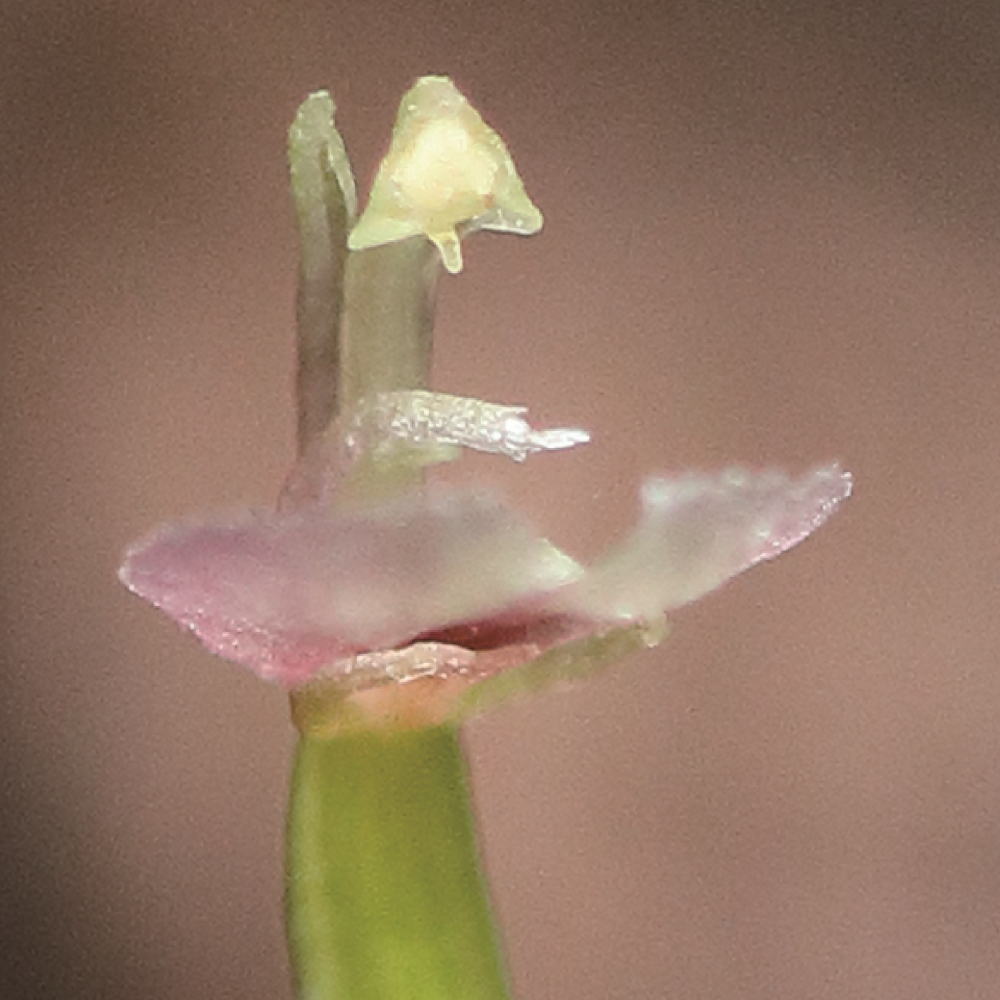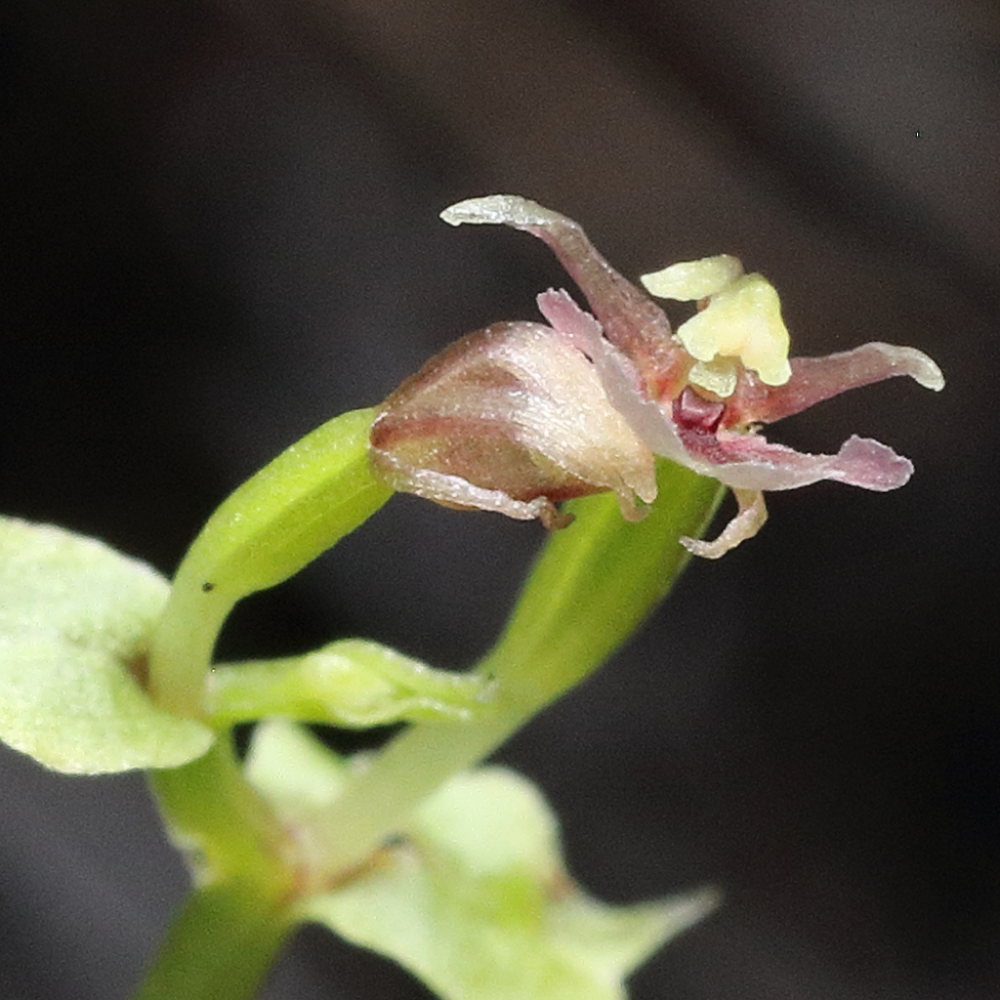Life can get a bit lonely for the orchid Stigmatodactylus sikokianus. It grows in dark and secluded places where it’s easy to miss and rarely visited by pollinators, but a 130-year mystery has revealed how it manages to fertilize all on its lonesome. If nobody shows up, it simply does the job itself.
ADVERTISEMENT GO AD FREE
That’s the finding of a recent study that popped the petal on this orchid’s mysterious flower anatomy. Stigmatodactylus is a reference to the finger-like feature on its stamen that, while noticeable enough to inspire its name, didn’t seem to have an obvious function.
What sets this particular orchid apart is its novel approach to delayed selfing.
Professor Kenji Suetsugu
The orchid was first identified back in 1889 by Tomitaro Makino, something of a BNOC in Japanese botany, and named shortly after. The appendage that inspired the name continued to puzzle scientists, but fortunately Kobe University botanist Professor Kenji Suetsugu was tickled by the finger mystery, so set out to answer the question: what is its ecological role?
And so began a series of experiments that involved closely observing orchids of this species to see which insects – if any – were stopping by, how the flower shaped changed as it waited for fertilization, and under which circumstances the plant succeeded in producing seeds. As it turned out, a no-show was no big deal for these ingenious self-fertilizing plants.

The “finger” ready to fall into action.
Image credit: IKEDA Tetsuro
Three days after the orchid’s flower opens, the stigma collapses, taking with it the finger-like appendage. The sudden plummet brings it into contact with the flower’s pollen-carrying anther, creating a bridge for it to self-fertilize.
We saw the orchid’s name-giving ‘finger’ for 130 years, yet only now have we discovered how it acts as a fail-safe for self-pollination.
Professor Kenji Suetsugu
While self-fertilization is far from unheard of in botany, Suetsugu says this orchid appears to exhibit a novel mechanism for getting it done, not seen before in any other plant species. It’s a win-win for the orchid, which can still theoretically capitalize on the genetic-infusion of sexual reproduction, all the while knowing that if it gets stood up, it can make babies all on its own.
“What sets this particular orchid apart is its novel approach to delayed selfing,” said Suetsugu to IFLScience. “A tiny, finger-like appendage – the very structure that inspired the genus name – physically bridges the gap between the pollinia and the stigma a few days after the flower opens, facilitating self-pollination.”
“We saw the orchid’s name-giving ‘finger’ for 130 years, yet only now have we discovered how it acts as a fail-safe for self-pollination. Even well-documented species can surprise us, reminding us that there’s still plenty to learn when we revisit old observations through new methods.”

Finger: deployed.
Image credit: IKEDA Tetsuro
Suetsugu hopes next to explore related species that also have finger-like stigma appendages to see if this new-to-science mechanism is unique to Stigmatodactylus or perhaps more common than we realize. The team would also like to uncover how flexible the orchids are in their reproductive method of choice, in observing how often they make use of pollinators, and explore the wider evolutionary picture of “selfing machinery” among botanical species.
ADVERTISEMENT GO AD FREE
“Ultimately, these lines of research will help us better grasp how orchids adapt to challenging habitats – like dimly lit forest floors – where pollinators may be scarce. The broader goal is to learn how evolution fine-tunes plant structures, sometimes in intricate ways, to ensure survival in the face of adversity.”
Giving the finger to co-dependence and selfing in the process? Icon status, if you ask us.
The study is published in the journal Plants People Planet.
Source Link: 130-Year Mystery Solved As Orchid’s “Finger” Revealed As DIY Fertilization Fallback